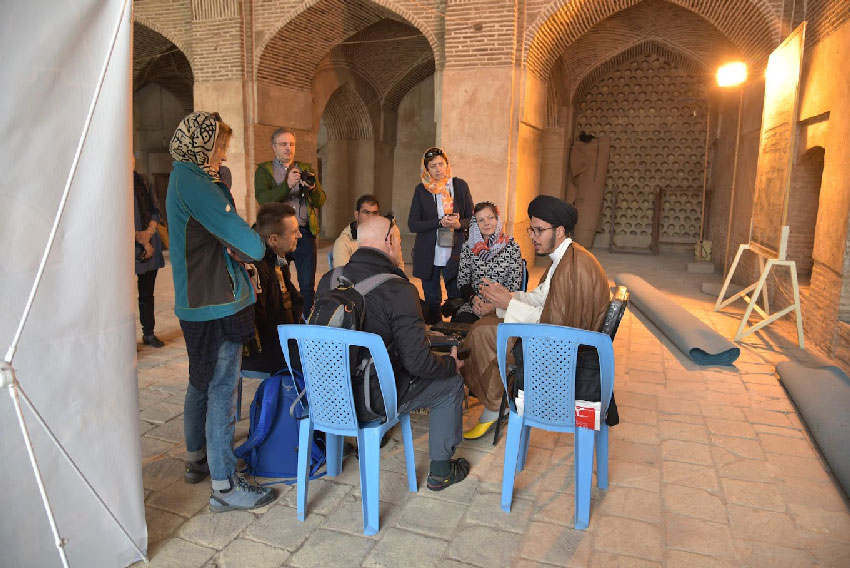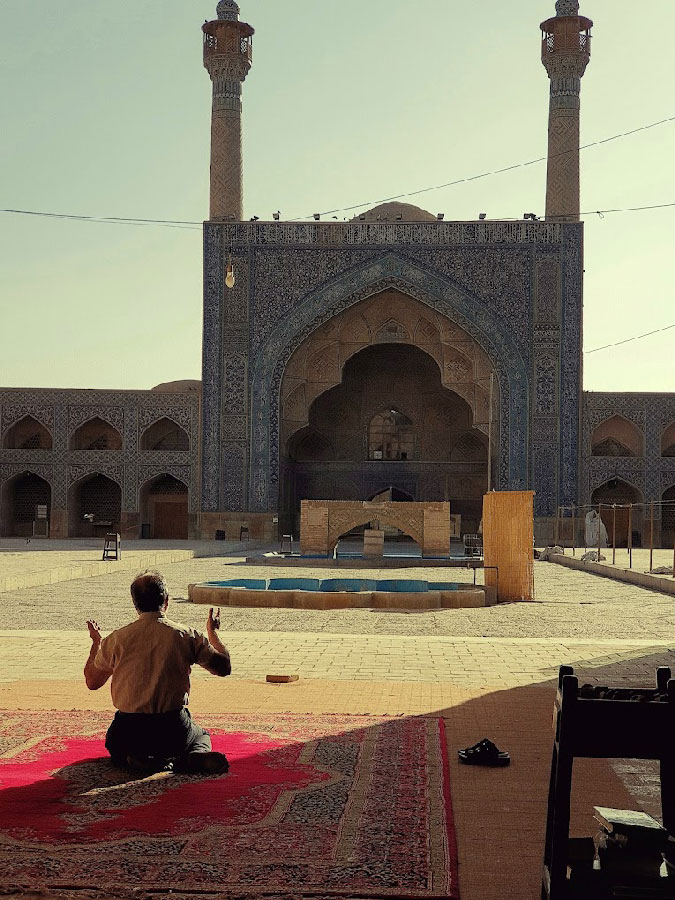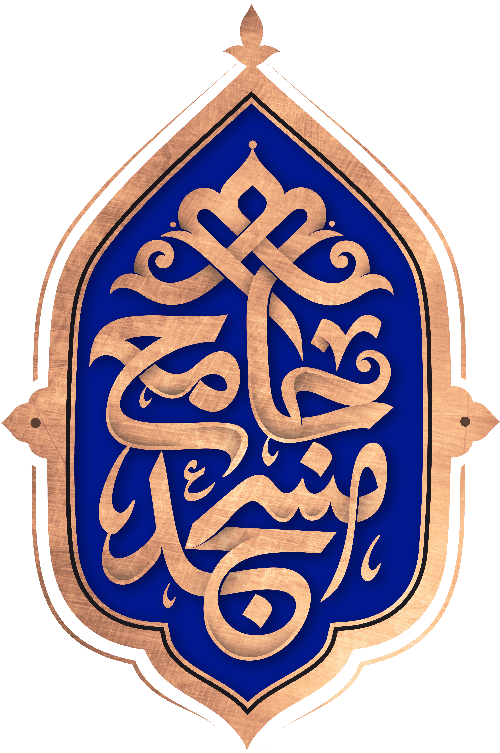Jame Mosque of Isfahan
A monument in the heart of half the world

About mosque
Porches, altars, pulpits


Purposes and services
Conducting congregational prayers by Ayatollah Haj Sheikh Mohammad Safi Isfahani
Religious ceremonies
Educational and cultural classes
Propagation of Islam among foreign tourists


Spiritual space
Burial of great scholars
Global reputation
Thousands of years old
One minute visit to the mosque
Photo Gallery
Porches, altars, pulpits

Jame Mosque of Isfahan, known as Jame Atiq Mosque or Friday Mosque of Isfahan, is considered one of the most important historical monuments of this city. With the passage of time, this mosque has experienced many changes and has become beautiful and stunning in each period with additions and improvements.
In the second century AH, this mosque, which was built with raw clay, was rebuilt using bricks in 156 AH/777 AD. This mosque created a unique cultural and religious work of art with its special architectural designs, such as spring vaults, quadruple porches, porches, brick arches and various decorations. Also, old inscriptions from different periods of Iran’s history, including the Seljuk and Safavid periods, can be seen in this mosque, which has become a model for mosques in Iran and other Muslim areas.
In terms of actual location, Isfahan Jame Mosque is located in Qiyam Square, Majlesi St. and at the end of Bazar Bazar. This work was registered as one of Iran’s national works with registration number 95 on January 15, 1310, and as a UNESCO World Heritage Site in 1390 AH. Today, Isfahan Grand Mosque continues to attract visitors and pilgrims from all over the world as a symbol of Iranian art and culture and the beauty of Islamic architecture.
